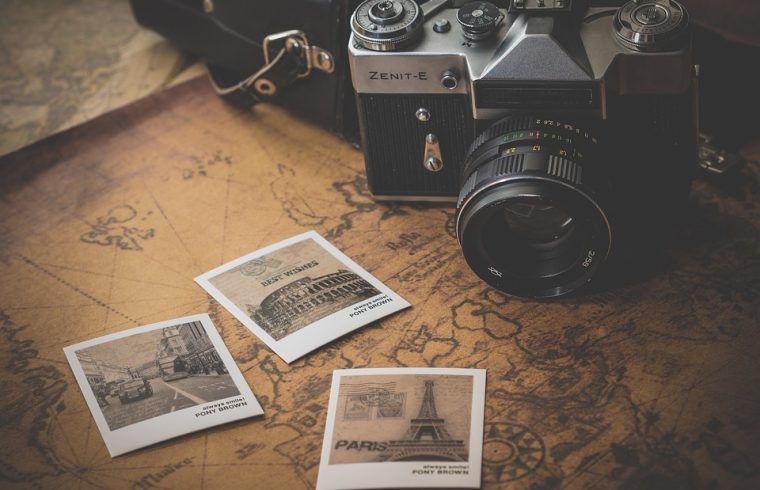Europe is a stunning place to visit. Each country has its own unique culture, landscape, and cuisine. Whatever you’re looking for, be it skiing, swimming, art, country walks, wine tasting or nightlife, you will find it in Europe. Sadly, traveling within Europe can get expensive quite quickly.
Transport and accommodation account for a large portion of the cost, but once you’re there you will have to pay for food, getting around within your destination, and sightseeing. Most of Europe uses the Euro now for its currency, but there are countries that are a part of the continent that has not joined the single currency. This means that if you’re visiting several countries you may need to take multiple currencies with you.
There are a few things you can do that will help you to have fun while still keeping the cost of travel low. Here are a few tips to get you started:
The Off-Season is Cheaper
The best time to visit Europe is in the spring or the autumn. If you go during the summer you’ll pay more for your flights and accommodation and you will find that you’ll have to put up with long lines at attractions. Even event prices and entry fees can go up during peak times. A month earlier, or later, and the weather should still be nice but you’ll enjoy a quieter, less rushed and less expensive trip. Hotel prices can be as much as 40% lower in the offseason.
Carry The Currency You Need
Check the currencies that you need, compare exchange rates and take some of that currency with you. Some tourist hotspots will accept different currencies – for example, many flights to Malmo actually land in Copenhagen, Denmark, not Sweden, and then you have to cross over the bridge on the train. The restaurants around the airport area will accept Swedish currency but at an incredibly high surcharge. You would save a lot of money by having the right currency for each destination.
Get a City Card
Some of the main destinations in Europe sell a City Card which is a pass that will let you get into most of the top attractions in the city. These cards are sold by the tourism board, and they act as a pass into most major attractions. Some of them offer discounted travel on local public transport, and some even serve as a full public transport pass. If you’re staying for a while then you could save a huge amount of money by picking up one of these.
Check Out the Side Streets
The high street in most tourist hotspots is full of restaurants that are aimed at tourists. These are often over-priced, and not necessarily that great. If you head a little way away from the city center you will find the places where the locals eat. Look for crowds of locals, listen for places where people are speaking the local language rather than English. These are the places that are worth dining at.
Learn a Few Words of the Local Language
Take the time to learn a few words of the local language. You don’t have to become fluent, but being able to say a few pleasantries will make life easier, and the staff at stores and restaurants may respond positively to it. Some restaurants have ‘tourist menus’ and ‘local menus’, so learning to read the local menu could save you money and introduce you to dishes that perhaps aren’t advertised to those who weren’t willing to make the effort. Not every destination is like this, but a standoffish stance to foreigners is common in more rural areas.

